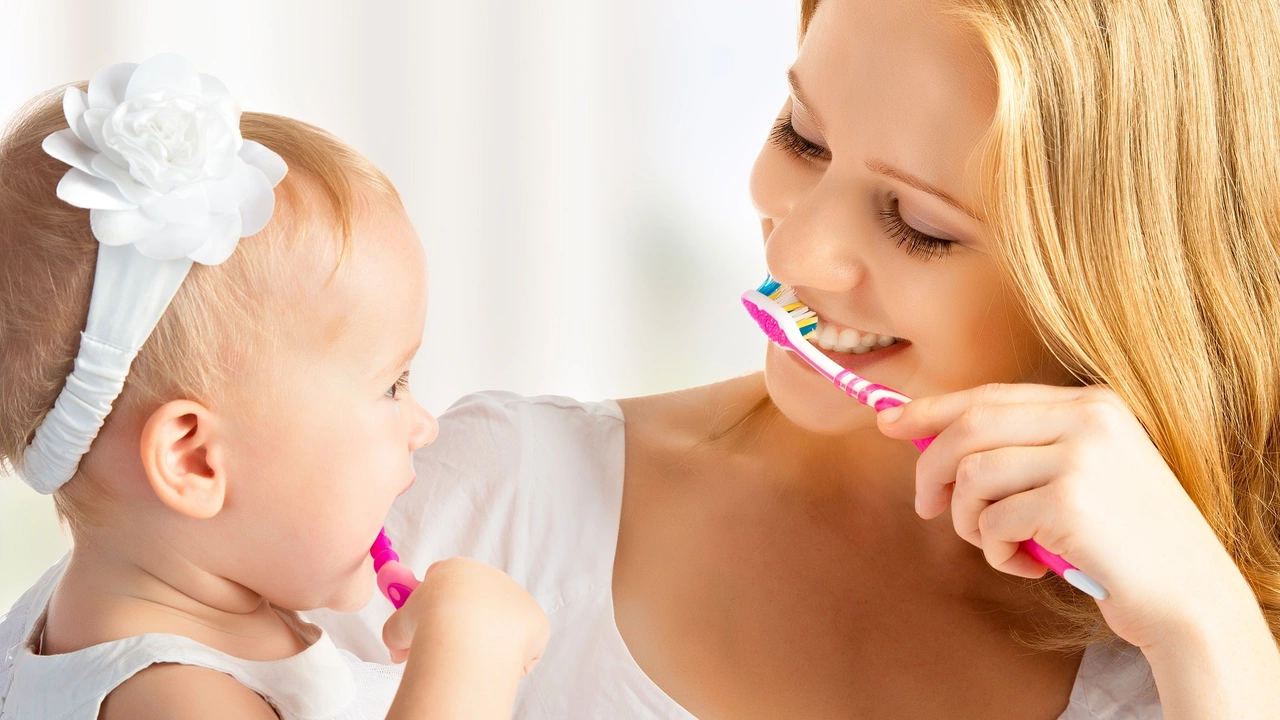Dental Health Tips for Kids and Families
A quick fact: tooth decay is the most common chronic disease in kids, yet it's preventable. Good dental health starts early and stays with consistent habits. You don't need fancy tools— the right routine and a few tricks to keep teeth strong. For infants, wipe gums with a soft cloth after feedings and avoid putting baby bottles with milk or juice to bed. Once teeth appear, use a smear of fluoride toothpaste about the size of a grain of rice until age two, then a pea-sized amount. Brush twice daily for two minutes and help young children until they can manage the motion well, around six to eight years old.
Kids' Routine
Floss once daily as soon as two teeth touch; parents should floss for younger kids. Regular dental checkups are not optional—aim for the first visit by the child's first birthday or within six months of the first tooth. A dentist can spot problems early, apply fluoride varnish, and recommend sealants for back teeth when appropriate. Talk about diet: cut back on sugary snacks and sticky candies that cling to teeth. Limit juice and sippy cups and encourage water between meals. Calcium-rich foods, like yogurt and cheese, help rebuild enamel. Make brushing fun: use a timer, play a song, or choose a toothbrush and toothpaste flavor. Give rewards for consistency, not for perfect brushing—positive habits beat guilt. For older kids and teens, talk about mouth appearance and breath, but keep the tone supportive.
Adult Care
Orthodontic checks usually start around age seven; early aligners can prevent bigger issues later. Adults need care too: bleeding gums, persistent bad breath, or loose teeth are signs to see a dentist. Brushing with fluoride toothpaste, daily flossing, and cutting tobacco use lower the risk of gum disease. Professional cleanings every six months remove tartar that home care can't. If you grind your teeth at night, ask about a nightguard to prevent wear and jaw pain. Fluoride treatments and dental sealants are simple, low-cost ways to prevent cavities in kids and adults.
If a tooth hurts, call your dentist rather than waiting; quick fixes often avoid larger treatments. Traveling with kids? Pack a small dental kit with toothbrushes, travel toothpaste, and floss. Schools and sports: make mouthguards a must for contact activities to prevent traumatic injuries. Teaching responsibility gradually helps children own their dental routine—set a schedule and check weekly. A clear plan: brush twice a day, floss once, eat tooth-friendly foods, and keep scheduled dental visits. Small changes save pain, time, and money later. If you're unsure about products or timing, ask your dentist; they can give tailored advice for your child's needs. Keep a simple chart on the fridge, reward streaks, and celebrate progress. Your child's smile is worth the small daily effort. Want specifics? Ask about fluoride varnish timing, sealant eligibility for molars, and age-appropriate toothpaste amounts; your dentist will give a schedule that fits your family's needs and reminder tips for busy parents.

Dental Prophylaxis for Children: Establishing Good Oral Hygiene Habits Early
As a blogger, I can't stress enough the importance of dental prophylaxis for children. Establishing good oral hygiene habits early in life is crucial to ensuring our little ones' dental health. Regular dental cleaning and check-ups, coupled with proper brushing and flossing techniques at home, can help prevent cavities and gum diseases. I believe that educating children about the importance of oral care and making it a fun and routine part of their day can lead to lifelong healthy dental habits. Remember, a healthy smile is a happy smile!
- Health and Wellness (58)
- Drug Information (45)
- Pharmacy Information (19)
- Medical Conditions (17)
- Supplements (4)
- Diabetes (3)
- Travel Health (2)
- Parenting (2)
- Mental Health (2)
- Heart Health (1)
-
Revolutionize Your Health with Angostura: The Must-Have Dietary Supplement for 2021
13 May 2023 -
Ciclopirox for Hair Loss: Can It Really Help Regrow Hair?
27 Oct 2025 -
Celecoxib for tendonitis: Is it effective?
27 Apr 2023 -
Managing Warfarin and Antibiotics: What You Need to Know About Dangerous Interactions
22 Dec 2025 -
Cumulative Anticholinergic Burden: How Common Antihistamines Mix Dangerously with Other Medications
12 Nov 2025

27.06.23
Alistair Mukondiwa
18